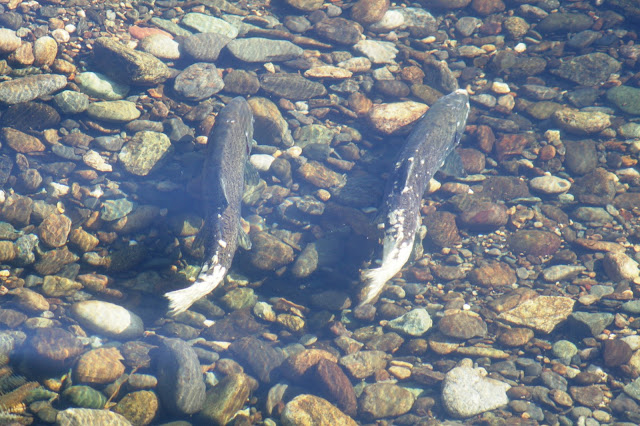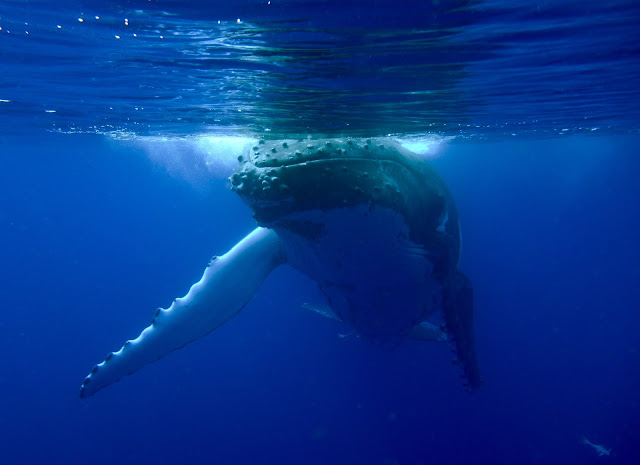By Catharina Nieuwenhuizen MBA
Lecithin may be produced from egg yolk, but
more commonly used in aquafeed are soya and rapeseed lecithin. It is well known
that the phospholipids (PL) present in lecithin act as an emulsifier of lipids
in the animal stomach and gut, but especially the nutritional benefits of
lecithin is why the fish nutrionists like to include like to include it in fish
and shrimp diets.
Lecithin is widely used in food for larval
and juvenile stages of various species of fish and crustaceans; because those
developing fish have a limited ability to novo phospholipid synthesis.
 |
| Original source |
Phosphatidylcholine (PC) is the most abundant
PL in fish tissues and is among many others an important catabolic energy
source for egg and larval embryogenesis and important for intestinal lipid
absorption. In literature, many examples may be found of the benefits of PL on
survival, growth, resistance to stress tests, prevention of malformations,
essential lipid composition of the fish. Seemingly phosphatdycoline (PC) is
more effective for growth improvement while phosphatidylinositol (PL) and
phosphatidylethanolamine (PE) are more important for survival and preventing
deformities in the developing fish and are a structural component of all cell
membranes. This article will highlight some of the other reasons and benefits
to include lecithin in aquafeed for all stages.
PL may improve the performance of the diet
by improving the water stability of food particles, or by
their action as an
antioxidant or feed attractant. Castell in Coutteau et al published an
interesting example of a practical example of a practical application of Lecithin
in 1997. They hypothesise that that dietary supplementation of soybean lecithin
prevent molt death in lobsters by reducing the leaching of water soluble
nutrients; in particular manganese and B vitamins. Various forms and
concentrations of dietary choline were not as effective as PC in reducing molt
death syndrome in juvenile lobsters soy lecithin may increase the physical
water stability of aquafeed pellets and thereby reduce the loss of
water-soluble nutrients.
 |
Catharina Nieuwenhuizen MBA
|
Liquid transport and retention.
Pl are required in shrimp feed for the
efficient transport of dietary fatty acids and lipids from the gut epithelium
into haemolymph, and the mobility of lipids between the various tissues and
organs. Dietary PL also improves the mobilisation of cholesterol; which is
essential in the molting process of crustaceans. PL also reduces the
accumaltion of lipid droplets in the intestine, due to its essential role in
the transportation Triacylglycerol (TAG) from the intestinal mucosa via the
haemolymph into the serum of shrimp chylomicron and other lipoprotein. Diets
with additional PL have higher levels of plasma lipoproteins and epithelial
enzymes.
The inclusion of PL in the diet affects
lipid deposition, resulting in increased lipid retention and levels in the
animal. A higher proportion of EPA and DHA was observed in juvenile P.
japonicas due to the addition three percent of soybean lecithin in the diet.
Effect on Enzymes
PL shows a beneficial effect on brush
border (or mycovilli) and pancreatic enzymes in rainbow trout. Soybean lecithin
induced a significantly higher activity of amylase, lipase, lipase,
phospholipase A2 and secretion of cholecystokinin (CCK). CCK stimulates the
pancreatic enzymes secretion and bile release.
Read more HERE
The Aquaculturists
This blog is maintained by The Aquaculturists staff and is supported by the
magazine International Aquafeed which is published by Perendale Publishers Ltd
For additional daily news from aquaculture around the world: aquaculture-news


























